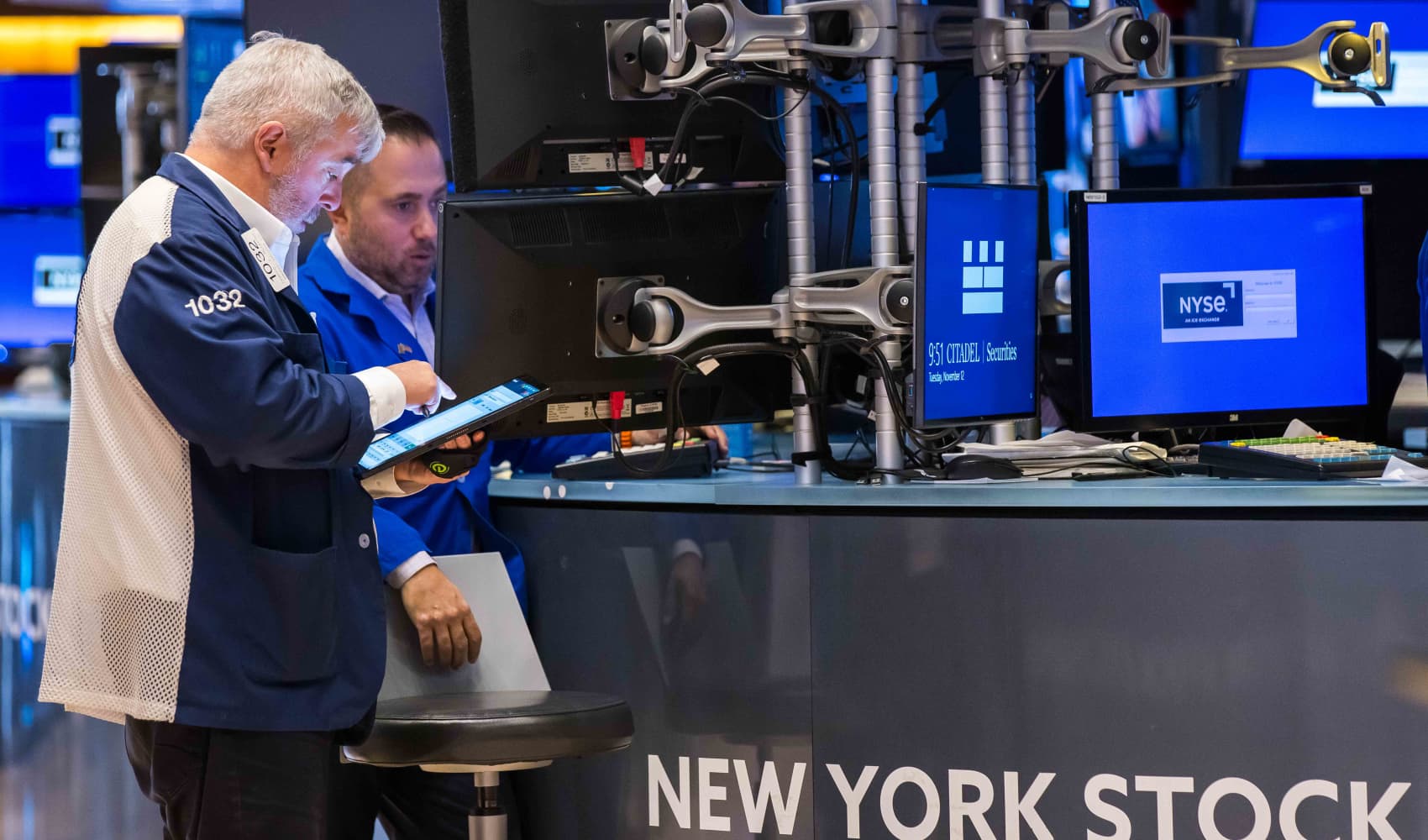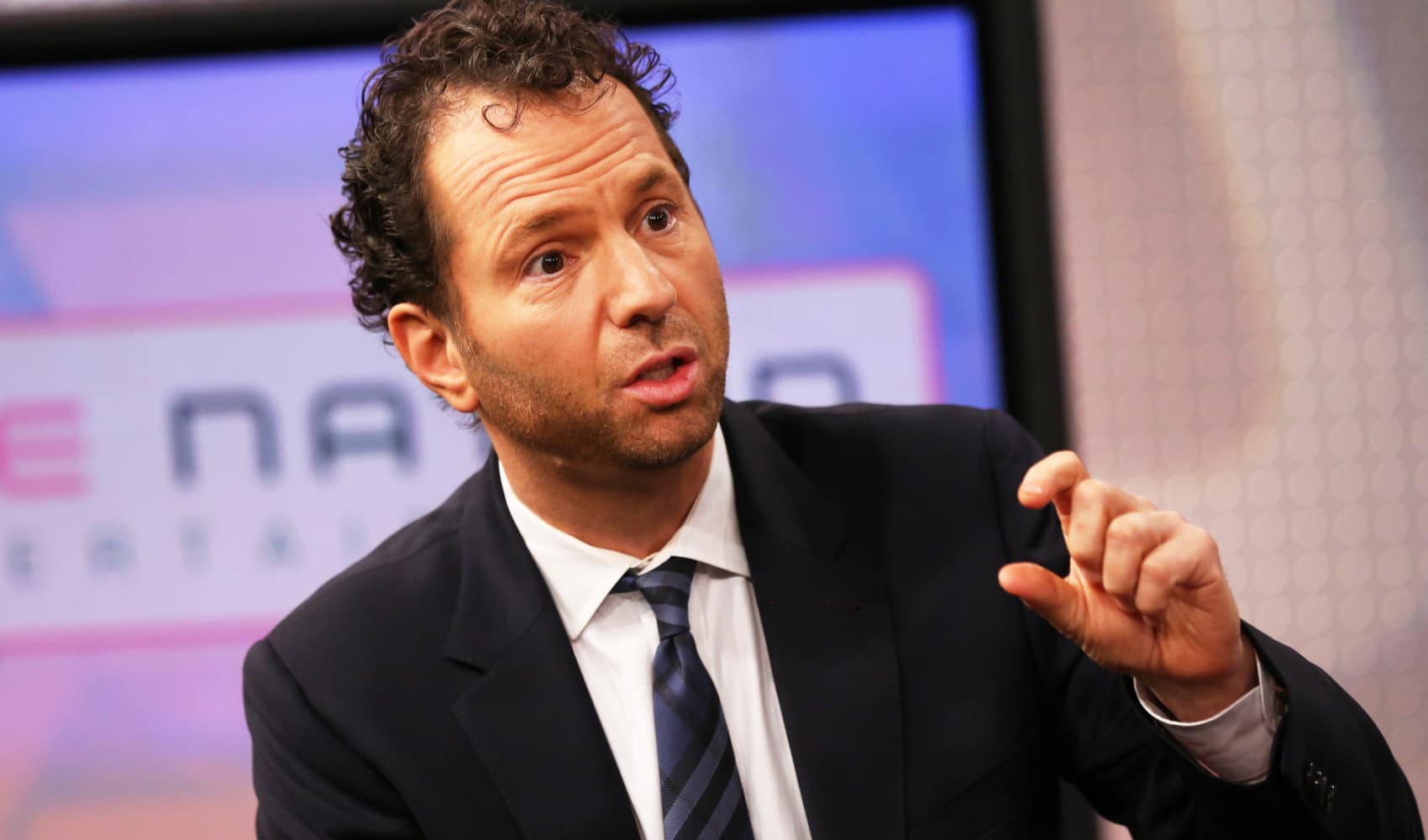
This report is from this week's CNBC's "Inside India" newsletter which brings you timely, insightful news and market commentary on the emerging powerhouse and the big businesses behind its meteoric rise. Like what you see? You can subscribe here.
The big story
Donald Trump decisively won the U.S. presidential election, becoming one of only two American leaders who have retaken the keys to the White House after a spell out of office.
Just as in 2016, investors are grappling with policy uncertainty surrounding his presidency and what might come in the following year.
Get top local stories in Southern California delivered to you every morning. Sign up for NBC LA's News Headlines newsletter.
Yet, the outcomes are likely to be vastly different from eight years ago — at least as far as India is concerned.
Manufacturing
At first glance, Trump's "Make America Great Again" campaign appears double-edged and at odds with Prime Minister Narendra Modi's "Make in India" initiative.
Money Report
Taxes on goods imported from China into the U.S. will likely benefit India, most analysts say, as companies shift manufacturing to the South Asian nation to avoid duties. Global trade changed considerably over the past four years — benefiting India — as President Joe Biden retained much of Trump's tariffs on China.
"Potential tariff or non-tariff barriers on Chinese imports in the U.S. and India's domestic manufacturing thrust with Make in India, could be positive for Indian [electronics manufacturing services] companies in areas like PCBs [electric circuits], semiconductors, mobile phones, cables and wires, among others," said Macquarie Capital's head of India research Aditya Suresh, citing cable and wire maker Polycab as an example of a stock that stands to benefit in this scenario.
Analysts also suggest that the benefits from supply chains reorienting, with companies basing themselves in India and out of China, will outweigh the impact of universal tariffs on all goods imported into the U.S.
However, Trump took unilateral measures during his previous reign, targeting India with tariffs by removing the country from a special trade program known as the Generalized System of Preferences. About $5 billion worth of exports from India to the U.S. have had duties applied to them since 2019, according to the Observer Research Foundation.
Tax rises and tax cuts
Import duties can raise U.S. consumer prices and push up inflation alongside bond yields. Higher U.S. Treasury yields often usurp money away from emerging markets rapidly, including India, in today's viscous market environment.
Why invest in high-risk equities overseas when Uncle Sam is offering 4.5% every year risk-free on your investment?
Foreign investors have already begun walking with their wallets, selling $1.5 billion worth of Indian stocks this month on top of the $11 billion in October. Last month, the Nifty 50 index fell by 6% and logged its worst monthly performance since March 2020.
Slashing the U.S. corporate tax rate to 15%, if Republicans take control of both houses of Congress, will also boost U.S. stock markets. That makes it harder for Indian equities to outperform just as Mumbai-listed stocks start to struggle to meet earnings expectations.
Immigration
President-elect Trump campaigned on curbing illegal immigration in the United States, and just as long as the new administration's focus remains on "illegal," the Indian IT sector remains shielded. However, if unemployment continues to rise, as it has over the past few quarters, policy uncertainty risk becomes front and center.
"IT services could see an impact with U.S. being the dominant end market as well as potential changes to immigration, if any," said Citi economists Samiran Chakraborty and Baqar Zaidi.
Companies such as Tata Consultancy Services, HCL Tech, and U.S.-listed Infosys are heavily reliant on work permits to bring employees from India into the U.S. However, over the years, the share of foreign workers employed at these companies has reportedly fallen to less than half, making them more resilient to changes in visa rules. Additionally, since the Covid-19 pandemic, most companies have trimmed their costs with remote working.
Energy
On the one hand, analysts expect Indian interests to be aligned with those of the United States regarding oil prices. Trump's previous term in office, whether intentionally or coincidently, saw moderate to low oil prices. Market observers expect that to be repeated in his second term.
As India imports over 90% of its oil needs, New Delhi will likely welcome any move by the U.S. to keep oil prices low.
A quick resolution of the war in Ukraine — Trump's campaign promise — would also prove to be negative for oil prices.
On the other hand, India is also hoping to become an exporter of renewable energy products and judging by the stock market's reaction to the news of the U.S. election results, that sector is unlikely to be in Trump's good books.
Mumbai-listed wind turbine maker Suzlon Energy's shares tumbled after the U.S. election results. Although the company earns just 1.5% of its total revenue from the U.S., sales have grown by 42% over the past year, according to FactSet data. Will it continue to grow in the future?
Kotak Institutional Equities' Sanjeev Prasad said the next U.S. administration's "likely anti-ESG approach may not be positive for a portion of India's exports," such as solar panel module makers.
Need to know
Jio, the telecom business of Mukesh Ambani's Reliance Industries, reportedly planning a 2025 IPO. The company is now India's biggest telecom player, boasting 479 million subscribers. Ambani believes Rio now has a revenue stream stable enough to list publicly, two sources familiar with the matter told Reuters. Reliance is aiming to have Rio's listing exceed Hyundai India's $3.3 billion, which would make it the biggest IPO in India, according to the first source.
The Reserve Bank of India ready for U.S. volatility. The central bank's large buffer of foreign exchange reserves can be deployed to defend the rupee, said two sources familiar with the bank, who asked to remain anonymous because of the sensitive topic. Any new U.S. tariffs against China, imposed by the upcoming U.S. president, as well as a strengthening dollar, could cause outflows in local currency and increase imported inflation.
An Indian automotive stock is on Goldman Sachs' list of top picks. Chandramouli Muthiah, vice president of equity research at the bank, wrote that the stock has a "unique pipeline" in India's car market, and gave it a 25% potential upside within 12 months. [For subscribers only]
What happened in the markets?
Indian stocks appear to be continuing their downward drift. The Nifty 50 index has fallen 0.5% this week digesting the U.S. election results. The index has risen 11.36% this year.
Despite big moves, the benchmark 10-year Indian government bond yield is nearly flat compared to last week at 6.78%
On CNBC TV this week, CEO of HDFC Securities Dhiraj Relli noted that Indian markets have been trading at a high valuation over the last few years, and have an almost 90% premium over other emerging markets. Relli cautioned investors to moderate their expectations, with returns of around 12% to 15% being seen as favorable.
Likewise, VK Vijayakumar, chief investment strategist of Geojit Financial Services, observed that the recent market correction in India is rational because "valuations have been at elevated levels." However, on a sectoral basis, Vijayakumar pointed out he is bullish on large-cap private sector banks whose "valuations are, even now, not only moderate but attractive."
What's happening next week?
Sagility India, a health care company, lists Monday, while ACME Solar Holdings and food-delivery company Swiggy trade publicly Tuesday.
Meanwhile, keep an eye on inflation reports from China, India and the U.S. in the coming week.
November 9: China inflation rate for October
November 11: U.S. consumer sentiment report
November 12: India inflation rate for October, industrial and manufacturing production for September, Sagility India IPO
November 13: U.S. consumer price index for October, ACME Solar Holdings IPO, Swiggy IPO






